Gold has captivated humanity for millennia, symbolizing wealth, power, and beauty. If you're drawn to the allure of finding your own gold, you're not alone.
This comprehensive guide will walk you through the various places and methods to find gold, whether you're an amateur prospector or simply curious about where gold can be found.
The Historical Hotspots for Gold
The quest for gold has historically led many to specific regions known for their rich deposits. The California Gold Rush and the Klondike Gold Rush in the Yukon Territory are prime examples of gold fever in American history.
Towns like Virginia City and mining districts in Summit County became famous as gold seekers flocked to these areas.
Today, these historical hotspots still offer opportunities for finding gold, with many converted into tourist attractions where you can pan for gold and learn about the past.
Modern-Day Gold Mining Locations
While the days of the gold rush are over, there are still active commercial gold mines around the world. Countries like South Africa, China, Australia, and the United States lead in gold production.
In the U.S., states like Nevada and Alaska are known for their gold output. For the individual prospector, placer deposits in rivers like the South Fork American River and the Salmon River are popular spots for gold panning.
Understanding Gold Deposits
Gold is commonly found in two types of deposits: lode (hard rock) and placer (alluvial). Lode gold is still encased in rock, whereas placer gold has been released by weathering processes and is found in stream beds.
Recognizing the geological signs that point to these mineral deposits is crucial for successful prospecting. Quartz veins, for instance, are often indicators of potential gold ore locations.
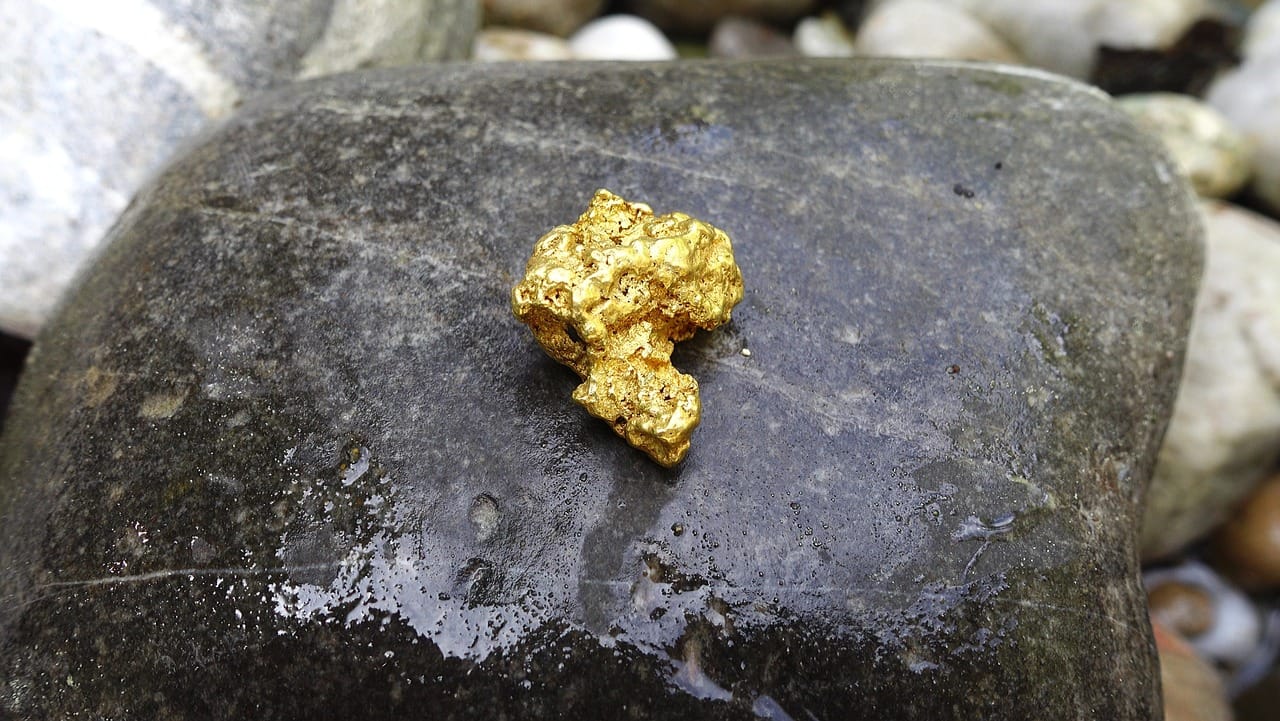
The Basics of Gold Panning
Gold panning is the simplest way to prospect for gold. It involves filling a pan with sediment from a stream bed and using water to separate gold from other materials. Gold, being denser, sinks to the bottom of the pan.
This method is ideal for finding gold flakes and smaller gold nuggets. Places like the Auburn State Recreation Area offer public lands where you can try your hand at panning.
Gold Prospecting with Metal Detectors
Metal detecting for gold has become a popular method among modern-day prospectors. Using a metal detector, you can search for gold in various terrains.
Detectors designed specifically for finding gold are sensitive to small pieces of this precious metal. Areas with historical gold finds, like Boise Basin and Jackson County, are prime spots for metal detecting enthusiasts.
The Role of Land Management Agencies
Before setting out to find gold, it's essential to know the rules and regulations of the area. In the United States, the Forest Service, Bureau of Land Management (BLM), and National Parks have specific guidelines for prospecting.
Always check with the proper BLM state office or local agency to ensure you're prospecting legally.
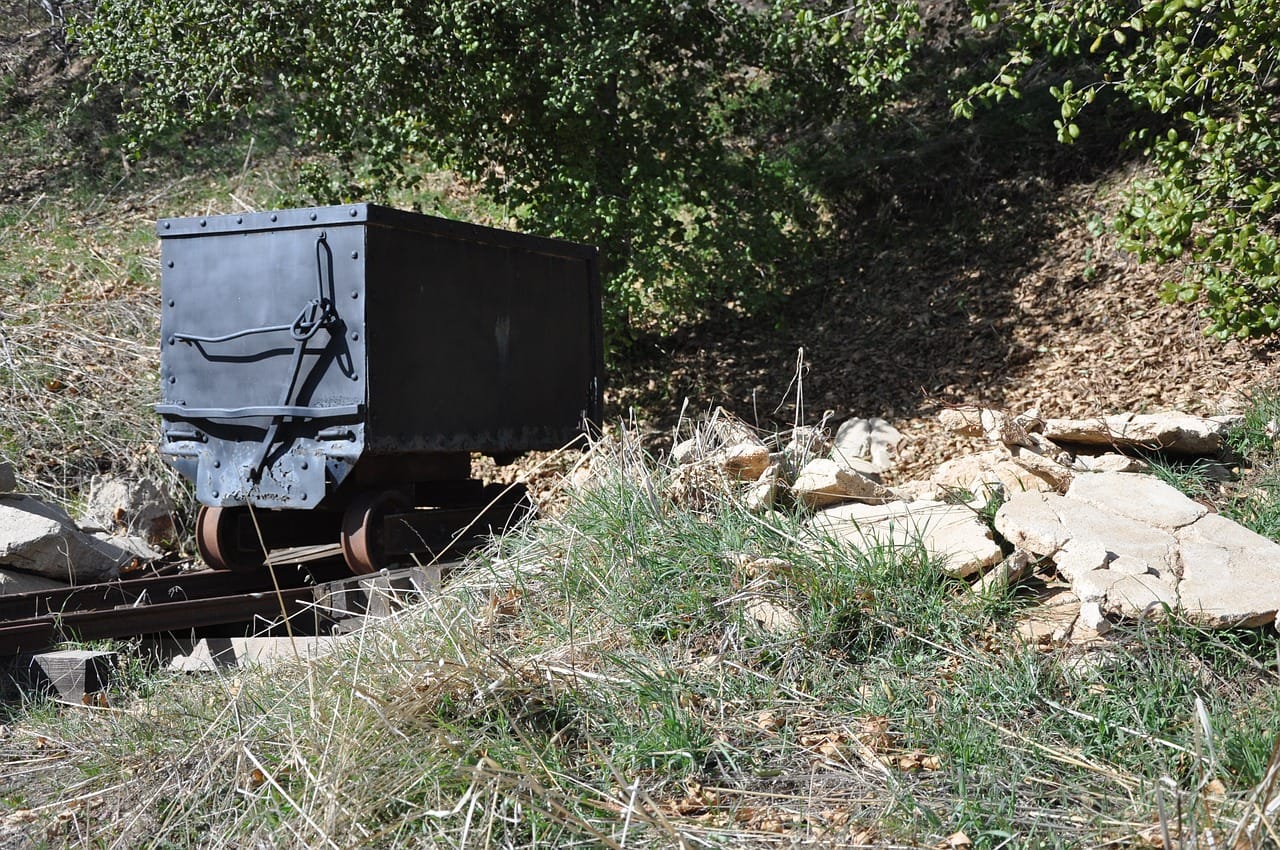
Recreational Gold Mining in State Parks
Some state parks offer recreational gold mining as an activity for visitors. For example, the Reed Gold Mine in North Carolina allows guests to pan for gold as part of their visit.
These parks provide a controlled environment where you can learn the basics of gold prospecting and enjoy a day out in nature.
The Importance of Water Flow in Gold Deposits
The movement of water plays a significant role in the formation of placer deposits. As water flows through a stream bed, it can erode gold from its original source and carry it downstream.
Understanding the patterns of water flow can help you pinpoint likely spots where gold has settled, such as behind large boulders or in natural riffles.
Gold Prospecting in Rivers and Streams
Rivers like the Rogue River and the Merced River are known for their placer gold deposits. Prospecting in these rivers involves searching for gold in the sediment.
Look for areas where the water slows down, such as the inside bend of a river or where two rivers meet (two rivers), as gold is more likely to accumulate there.
The Thrill of the Hunt: Finding Gold Nuggets Gold prospectors search with a mix of anticipation and patience, knowing that the next find could be a substantial gold nugget.
These elusive treasures are often found in areas where larger gold deposits have been discovered in the past. The key is to look for placer deposits, where gold has been naturally concentrated by water action.
Streams that have historically been rich with gold, such as the Trinity River or Burnt River, are often the best bet for those hoping to find gold nuggets.
Metal detecting along these riverbanks can be particularly rewarding, as the device can pinpoint gold that might be missed by the naked eye.
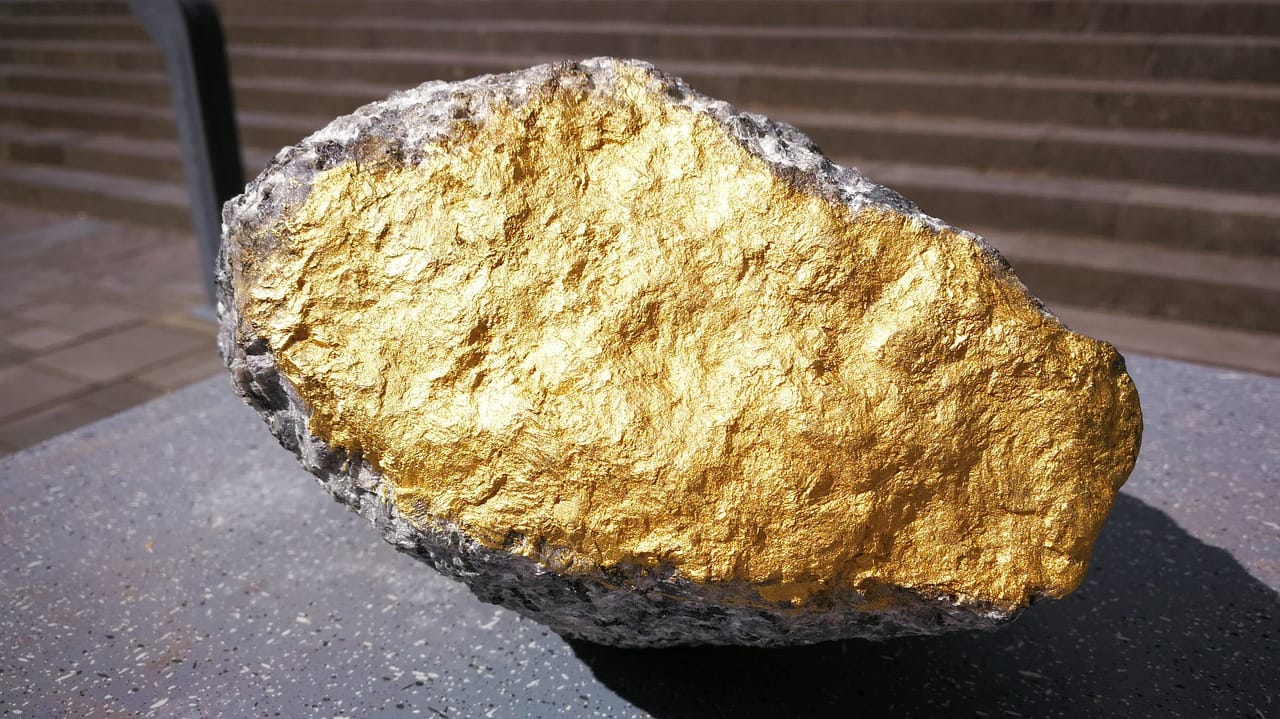
The allure of discovering gold nuggets continues to draw enthusiasts to the rivers and streams known to produce gold. Panning gold in these areas can be a serene yet exciting experience, as each pan of sediment could reveal a shiny speck of gold.
For those who prefer a more high-tech approach, metal detect outings can increase the chances of success.
It's not uncommon for prospectors to share stories of significant finds along the Clearwater River or within the boundaries of a state park where recreational prospecting is allowed.
The combination of natural beauty and the potential for a valuable find makes the hunt for gold nuggets an adventure like no other.
Silver's Shiny Counterpart: Gold's Presence in State Parks While silver has its own allure, the presence of gold in state parks has become a significant draw for those with pans and dreams of riches.
Many state parks have recognized the interest in gold prospecting and have established specific areas where individuals can try their hand at panning gold.
These parks often provide a safe and legal environment for families and hobbyists to explore and learn about the local geology.
For example, certain parks along the Burnt River allow visitors to search for gold, offering a chance to immerse in the prospecting culture without venturing into more remote and challenging terrains.
For the gold prospector, state parks can be the best bet for a fruitful search, especially for those new to the hobby. These areas are typically well-documented for their gold-producing history, giving prospectors a head start on where to begin their search.
The Clearwater River, running through state lands, is one such place where gold found in the river's gravel beds continues to spark interest.
While the chances of striking it rich are slim, the experience of searching for gold in these scenic locations is often considered a reward in itself.
Plus, the occasional glitter of a real gold flake in the bottom of a pan can turn a leisurely day at the park into an unforgettable adventure.
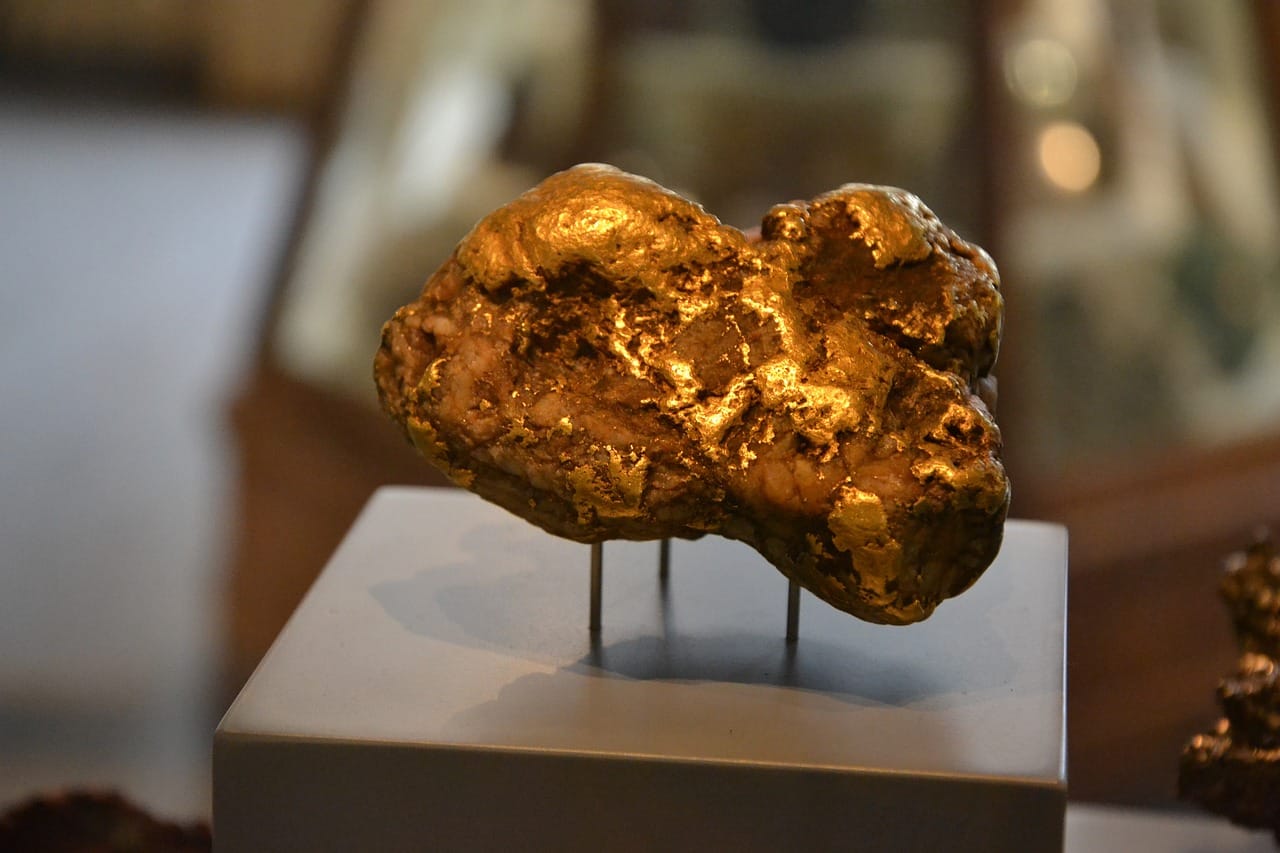
The Geology of Placer Deposits
Placer deposits are concentrations of heavy minerals, typically gold, that have been naturally separated from the less dense rock due to the effects of water movement.
These deposits are formed in a variety of environments, from river channels and flood plains to glacial and marine settings.
The geology of these areas plays a crucial role in the formation of placer deposits. Sedimentary processes concentrate the heavier minerals at the bottom of stream beds or in depressions where the water flow slows down, making these spots prime targets for prospectors.
Understanding the geology of placer deposits is essential for any gold hunter. For instance, areas where ancient rivers once flowed can be hotspots for placer gold, even if the water has long since disappeared.
The presence of certain types of rock formations, such as those rich in quartz, can also be an indicator of gold, as quartz often accompanies gold deposits.
By studying geological maps and reports, prospectors can identify potential gold-bearing areas and increase their chances of success.
Prospecting Techniques for Placer Deposits
Prospecting for placer deposits requires a different set of techniques compared to other types of gold hunting. One popular method is sluicing, where water is directed through a sluice box to separate gold from other sediments.
The riffles inside the box trap the heavier gold particles while allowing lighter material to wash away. Another common technique is dry washing, which is particularly useful in desert environments where water is scarce.
This method uses air to separate gold from other particles, relying on the density of gold to keep it in the device while lighter materials are blown away.
For those looking to get hands-on, crevicing is a method that involves searching for gold in cracks and crevices in bedrock. This can be a meticulous and labor-intensive process, but it can yield high rewards as gold tends to accumulate in such natural traps.
Additionally, modern prospectors often use metal detectors specifically designed for finding gold nuggets. These detectors can pick up even small pieces of gold, making them an invaluable tool for exploring placer deposits.
With the right techniques and a bit of patience, prospectors can uncover hidden treasures in the most unexpected places.
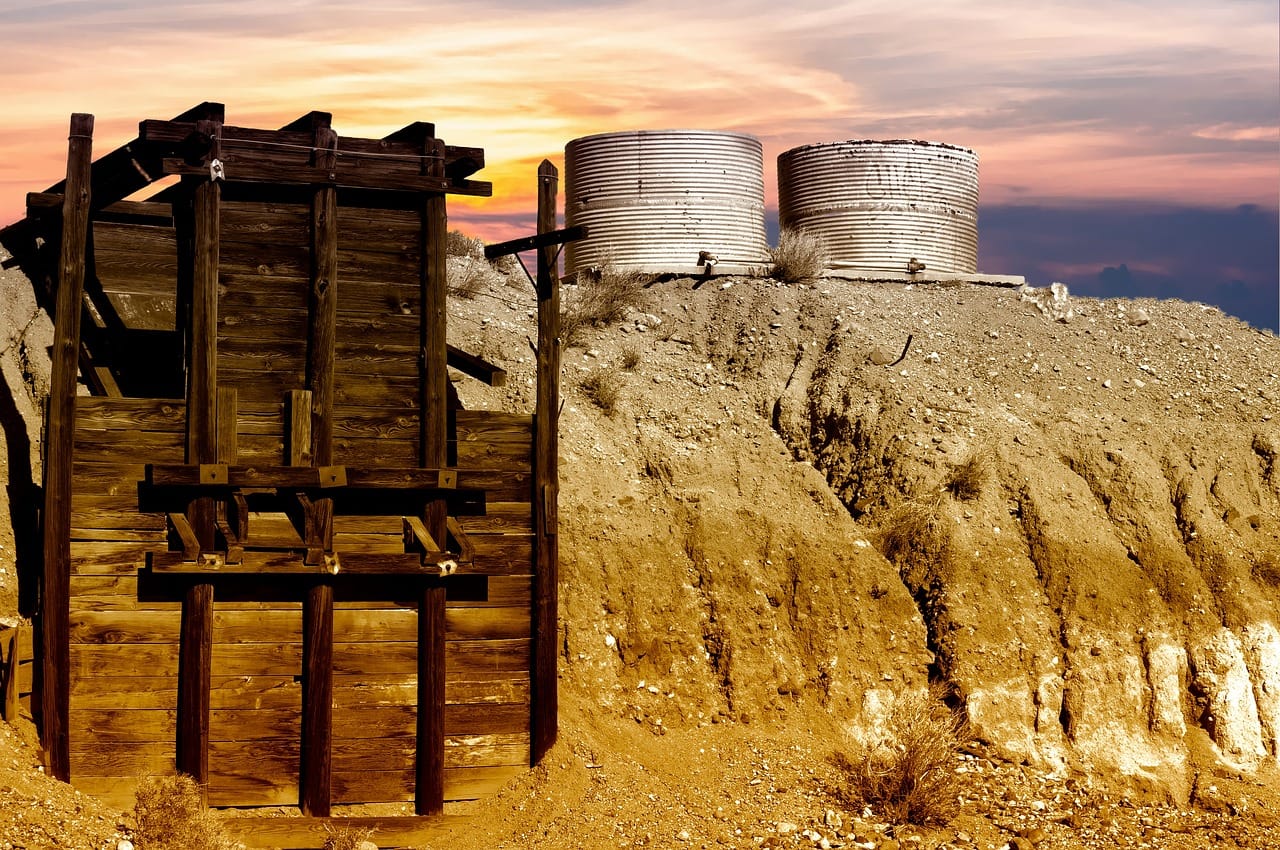
The Impact of Hydraulic Placer Mining
Hydraulic placer mining was a method used during the gold rush era that involved using high-pressure water to blast away sediment and expose gold deposits.
While this method is not commonly used today due to environmental concerns, its historical use has shaped the landscape of many mining areas, creating opportunities to find residual gold.
Exploring Gold Country
Regions known as Gold Country, like those in California and the Klamath Mountains, are steeped in mining history. These areas are dotted with old mining towns and remnants of the past.
Exploring these regions can be a rewarding experience for those interested in both gold prospecting and American history.
The Search for Gold in Desert Landscapes
Deserts may not be the first place you think of when considering where to find gold, but they can be surprisingly fruitful.
For instance, the deserts of New Mexico and Arizona have yielded significant gold finds. The key is to look for ancient riverbeds or placer deposits where water once flowed.
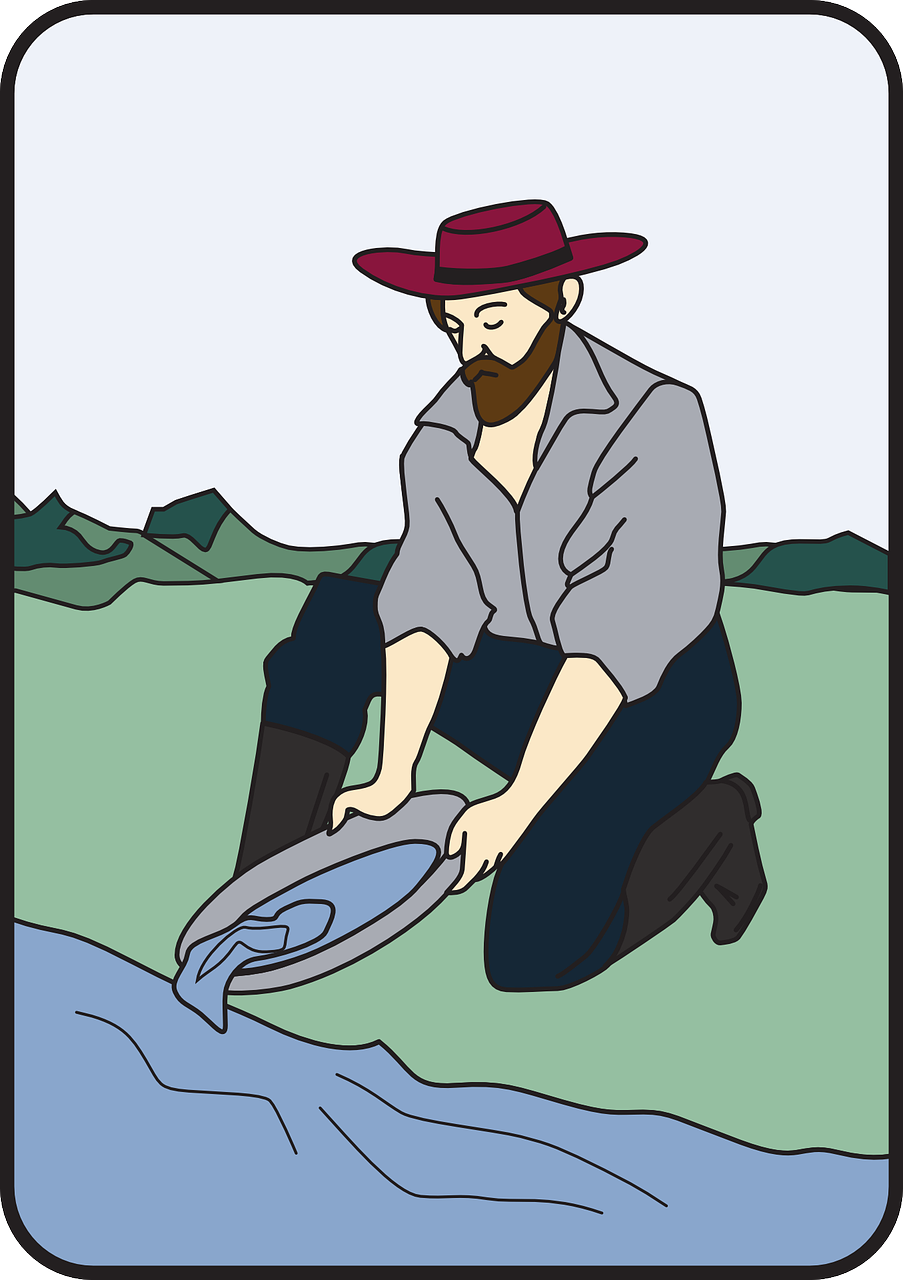
Gold Prospecting in Mountainous Regions
Mountain streams, such as those in the Arkansas River valley or Summit County, can be excellent places to search for gold.
The erosion from mountain peaks often carries gold down into the valleys, where it settles in the riverbeds. Prospecting in these areas requires a keen eye for the telltale signs of placer gold.
The Role of Horse Trails and Forest Service Roads
Access to remote prospecting sites is often provided by horse trails and Forest Service roads. These paths can lead you to less frequented areas where gold deposits may be untouched. Always ensure you have the proper permissions and are aware of any restrictions before venturing out.
The Allure of Gold in the American South
The American South, particularly states like South Carolina and Georgia, has a rich history of gold mining.
The first gold rush in the United States started in 1828 in Georgia, and since then, gold has been found in the rivers and streams throughout the South, including the Little River.
The Promise of Gold in Alaska's Waterways
Alaska's vast wilderness is home to some of the most significant gold deposits in the world. Rivers like the Klondike and Yukon Territory continue to attract gold miners and prospectors.
The state's rugged terrain and remote locations offer a challenging yet potentially rewarding experience for those who venture there.
The Techniques for Extracting Gold from Ore
For those interested in hard rock mining, extracting gold from gold ore requires more advanced techniques.
Crushing the ore to separate the gold, using chemicals like cyanide or mercury to dissolve the gold, and then precipitating it out of the solution are some of the methods used in gold production.
The Future of Gold Prospecting
As technology advances, so do the methods for finding gold. Today's prospectors have access to sophisticated equipment and resources that can aid in the search for gold.
However, the thrill of the hunt remains the same, as does the dream of striking it rich with a significant gold find.
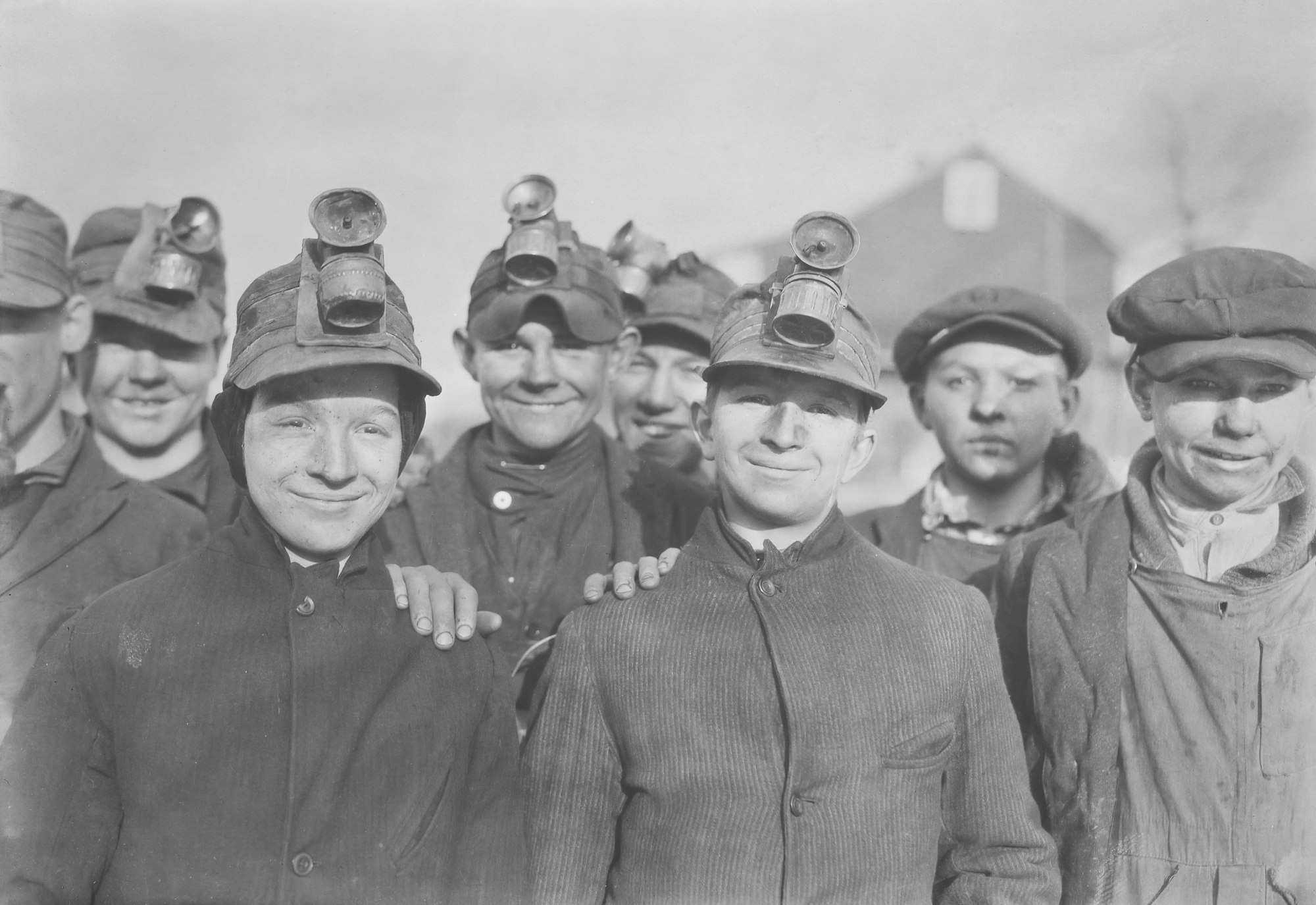
Some Final Thoughts
Gold prospecting is an adventure that combines the excitement of discovery with the beauty of nature.
Whether you're drawn to the rivers and streams where placer gold can be panned or the deserts and mountains where gold deposits await, there's a place for you to start your search.
Remember to respect the land, follow the rules, and who knows – you might just find your fortune.
FAQ's
Is it legal to gold pan for gold in any river or stream?
No, you must check with local land management agencies, such as the Forest Service or BLM, to ensure that gold panning is allowed and to understand any regulations that may apply.
Do I need special equipment to start gold panning?
Basic gold panning requires minimal equipment, typically just a gold pan and a shovel. However, if you plan to use a metal detector or engage in other forms of prospecting, more specialized gear may be necessary.
Can I keep the gold I find while prospecting?
In most cases, yes, you can keep the gold you find, provided you are prospecting on public lands where recreational gold mining is allowed or on private land with permission. Always verify the rules of the area where you are prospecting.
Where can I find gold?
Gold can be found in various locations, including rivers, streams, and areas with known gold deposits. Research historical gold mining sites and consider using metal detectors in regions with a history of gold production.
Are there specific tools needed for gold prospecting?
Yes, essential tools for gold prospecting include a gold pan, sluice box, and metal detector. These tools help in identifying and extracting gold from soil and sediment.
Can I find gold on public lands?
In some cases, yes. Many public lands allow recreational gold prospecting, but it's crucial to check local regulations and obtain any necessary permits before starting. National forests and Bureau of Land Management (BLM) areas may be open for such activities.
What are the signs of potential gold deposits in an area?
Look for indicators like quartz veins, iron-stained rocks, and changes in soil color. Research geological maps and historical mining records to identify areas with a higher likelihood of containing gold deposits.
Is gold panning a viable method for finding gold?
Yes, gold panning is a popular and effective method for beginners. It involves using a pan to separate gold from other materials based on its density. Practice proper panning techniques and be patient, as it may take time to master the skill.

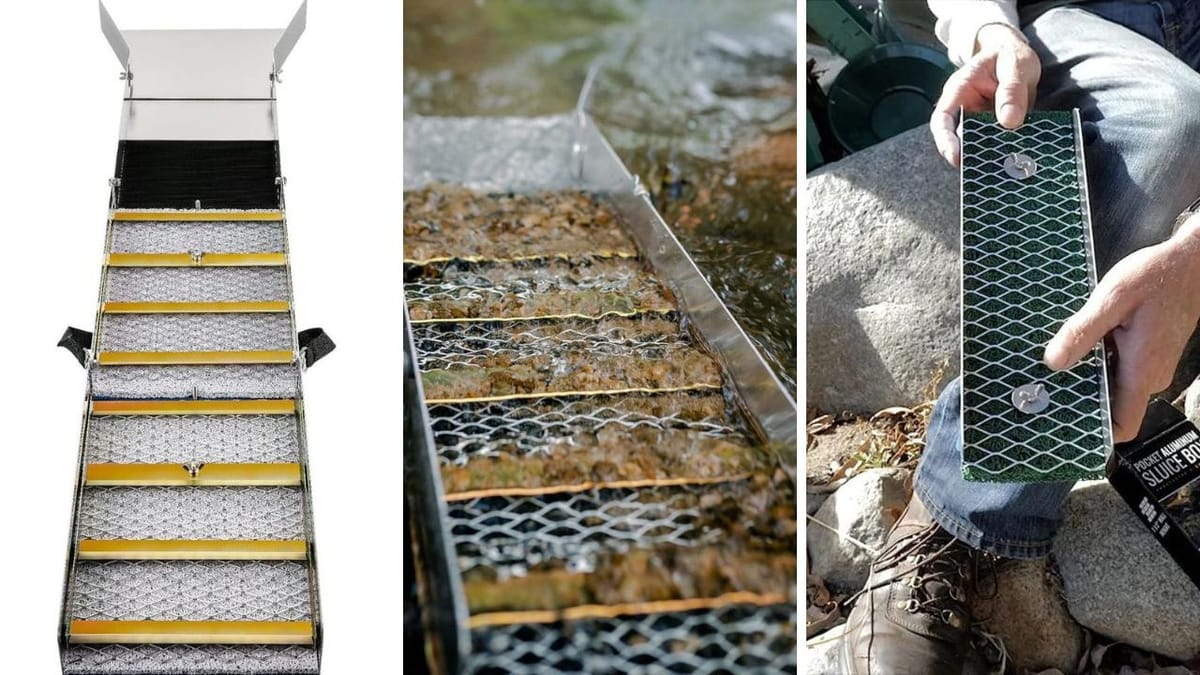






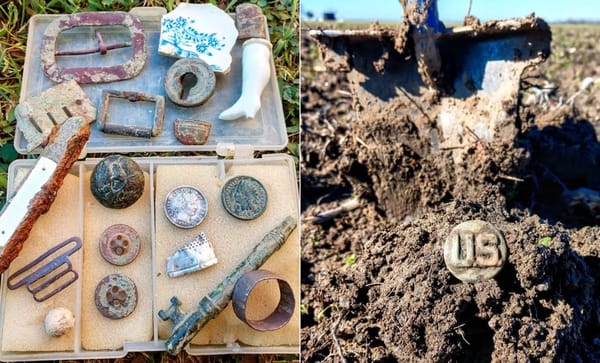
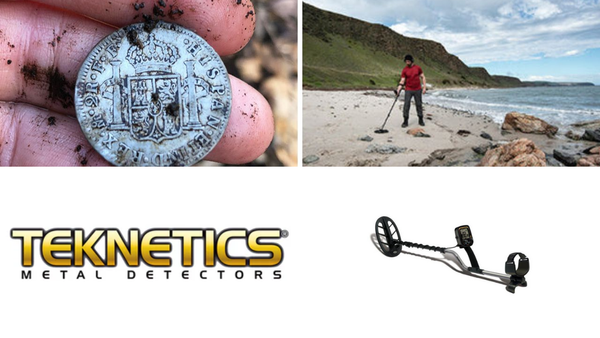
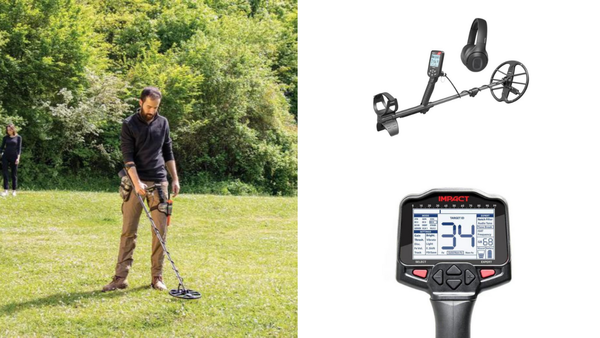
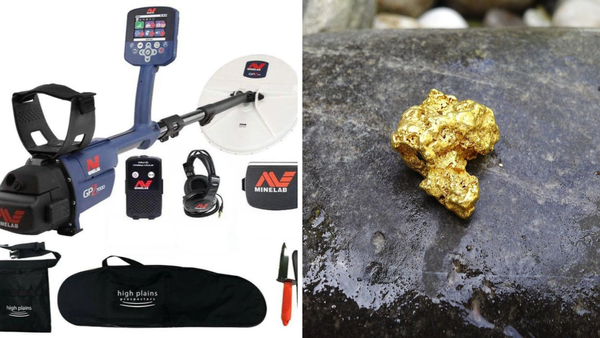
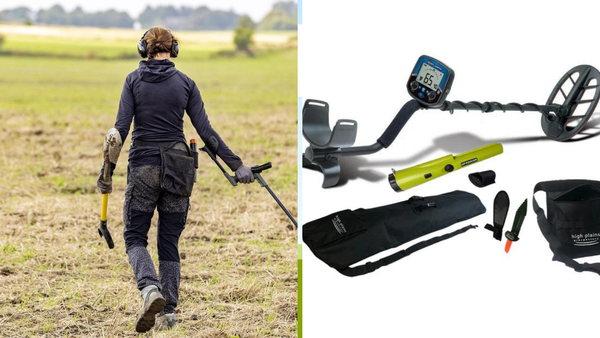
Member discussion